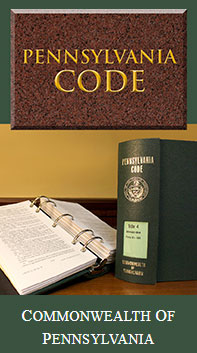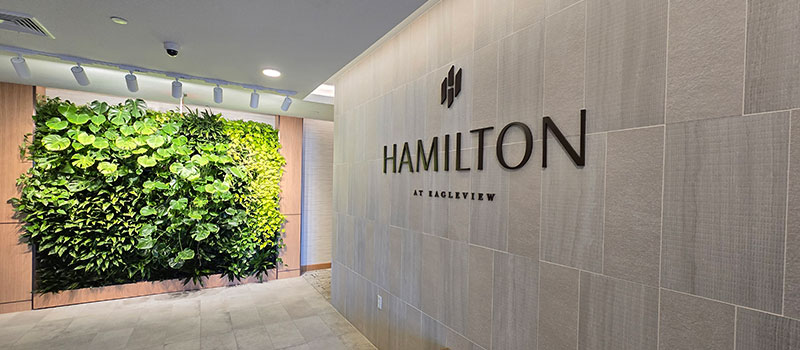Strategy 2: Building Codes
Pennsylvania has adopted a statewide building code (the 2018 version of the Uniform Construction Code (UCC)/International Building Code, and the 2018 Energy Conservation Code (IECC), with some state-specific amendments. The Commonwealth is expected to adopt the 2021 International Building Code with state specific amendments in 2025. Municipalities are required to adopt and enforce the state's adopted building code or to have it enforced by the state on their behalf. Section 301.d of the PA Construction Code Act states that the building code adopted by the municipality supersedes and preempts all other codes, deed restrictions, and ordinances that regulate any aspect of the construction, alteration and repair of buildings. This strong statement makes it challenging for a municipality to require things like above-code energy efficiency, electrification, or renewable energy systems through other ordinances.
There are two potential ways municipalities could achieve higher standards for new construction and renovation through their adopted building codes:
- Municipalities may adopt their own amendments to the UCC, though any proposed amendments must be approved by the PA Department of Labor and Industry. Any amendments must satisfy requirements outlined in section 503(b)-(k) of Act 45 and section 403.102(i)-(k) of the UCC regulation. Under these sections, a municipality may:
- Adopt stricter code requirements than the minimum standards within the UCC or other codes adopted by reference;
- Enact ordinances which adopt additional code requirements for alterations or repairs to residential buildings.
- Adopt a Stretch Code. Building codes that require or include provisions for energy efficiency or sustainable practices above and beyond the requirements of the state's adopted building code are called "above-code programs," or sometimes "stretch codes." Example stretch codes include the International Green Construction Code (IGCC) and the ZERO Code.

While it is not advisable that a municipality develop its own unique technical standards with which to amend the building code, some standards and requirements have already been vetted by the International Code Council and have appeared in recent versions of the International Building Code and/or International Energy Conservation Code that the state has not yet adopted, or that the state has stricken from the UCC. Again, any proposed amendment to the building code enforced by a municipality would have to be approved by the PA Dept. of Labor and Industry.
For example, the IBC requirement to provide EV ready circuits for charging in new construction may be stricken by the PA UCC. A municipality may request to reinstate these sections in their ordinance with PA L&I concurrence.
One of the state-specific amendments to the 2018 International Energy Code adopted by PA is the removal of a provision in the IECC allowing above-code programs to automatically satisfy the requirements of the UCC. The provision (C102.1.1 of the 2018 IECC) allows for code officials to designate certain stretch codes as exceeding the energy efficiency requirements of the IECC, and to consider any building built in compliance with the stretch code automatically in compliance with the IECC. Similar to amending the UCC, to adopt this provision a municipality would have to submit an application to the PA Department of Labor and Industry for approval and specify which stretch codes would automatically meet the requirements of the IECC.
Municipalities could also incentivize the use of stretch codes such as the IGCC for specific building types, in specific zoning or overlay districts, or in other ways that align with their stated policies. Incentives like increased density, additional height, increased impervious surface, or reduced permit fees could be considered to incentivize above-code construction.
For instance, in the Borough of West Chester's Zoning Ordinance, additional building height and floor area are allowed if the building is certified LEED Silver or has a reduced parking count.


